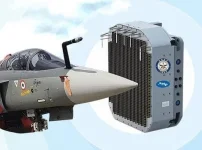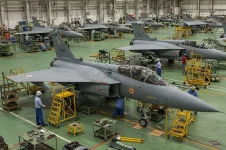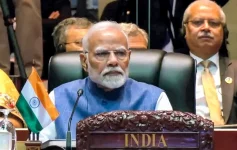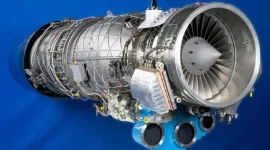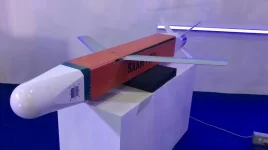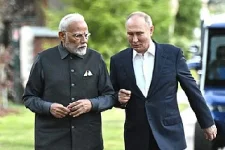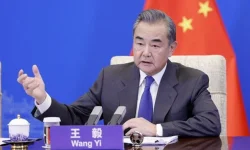The Ministry of Defence (MoD) is actively promoting the development of an Indian Air Force (IAF) variant of a new naval fighter jet to ensure the programme's financial viability and boost indigenous manufacturing.
The proposal aims to secure a combined order of over 150 aircraft, which officials believe is necessary to justify the high development costs of the Twin Engine Deck-Based Fighter (TEDBF).
The TEDBF is being designed by the government's Aeronautical Development Agency (ADA) primarily for the Indian Navy. However, the project's long-term future is under scrutiny due to its substantial estimated development cost of ₹13,000 to ₹14,000 crore.
As the programme awaits its final Preliminary Design Review, the MoD is urging the IAF to consider a land-based version of the aircraft to ensure the project's survival through greater numbers.
Initially, the Indian Navy projected a need for 140 TEDBF jets to replace its ageing Russian-made MiG-29K fleet, which operates from the aircraft carriers INS Vikramaditya and the new indigenous INS Vikrant.
Due to budgetary constraints and revised strategic plans, the Navy has since reduced its requirement to approximately 80 aircraft. Defence planners are concerned that such a limited order would not provide the economies of scale needed to make the high-cost development and production process worthwhile.
To resolve this issue, the ministry is proposing a joint-service model. The plan involves creating a lighter, Air Force-specific variant of the 26-tonne naval fighter.
This version would share its core design and systems with the carrier-based model but would be optimised for land-based runways, removing the heavy and complex components required for carrier operations.
This approach is similar to that of the French Dassault Rafale, which has distinct variants for its air force and navy. A combined order book exceeding 150 units would significantly lower the per-aircraft cost.
The proposed Air Force version of the TEDBF would be classified as a 4.5-generation multirole fighter, placing it in the same weight class as the Rafale.
It would offer a twin-engine platform with greater payload and combat range than the single-engine Tejas Mk1A, filling a capability gap between the planned Tejas Mk2 and India’s future fifth-generation stealth fighter.
Despite these potential advantages, the IAF has yet to formally commit to the project. The Air Force's primary focus remains on its own ambitious fifth-generation programme, the Advanced Medium Combat Aircraft (AMCA).
The AMCA is a more technologically advanced stealth fighter designed for future air dominance, featuring capabilities like supercruise and advanced sensor fusion that the 4.5-generation TEDBF will not have.
IAF leadership reportedly believes that investing in two separate, large-scale fighter development programmes in a similar weight category could divert critical resources and focus from the strategically vital AMCA project.
Moreover, the Air Force is currently managing the large-scale induction of the Tejas Mk1A and preparing for the Tejas Mk2, leaving limited room for an additional new aircraft type in its immediate procurement plans.
The future of India's indigenous twin-engine fighter now depends on reconciling these differing service priorities with the financial realities of modern defence development.

